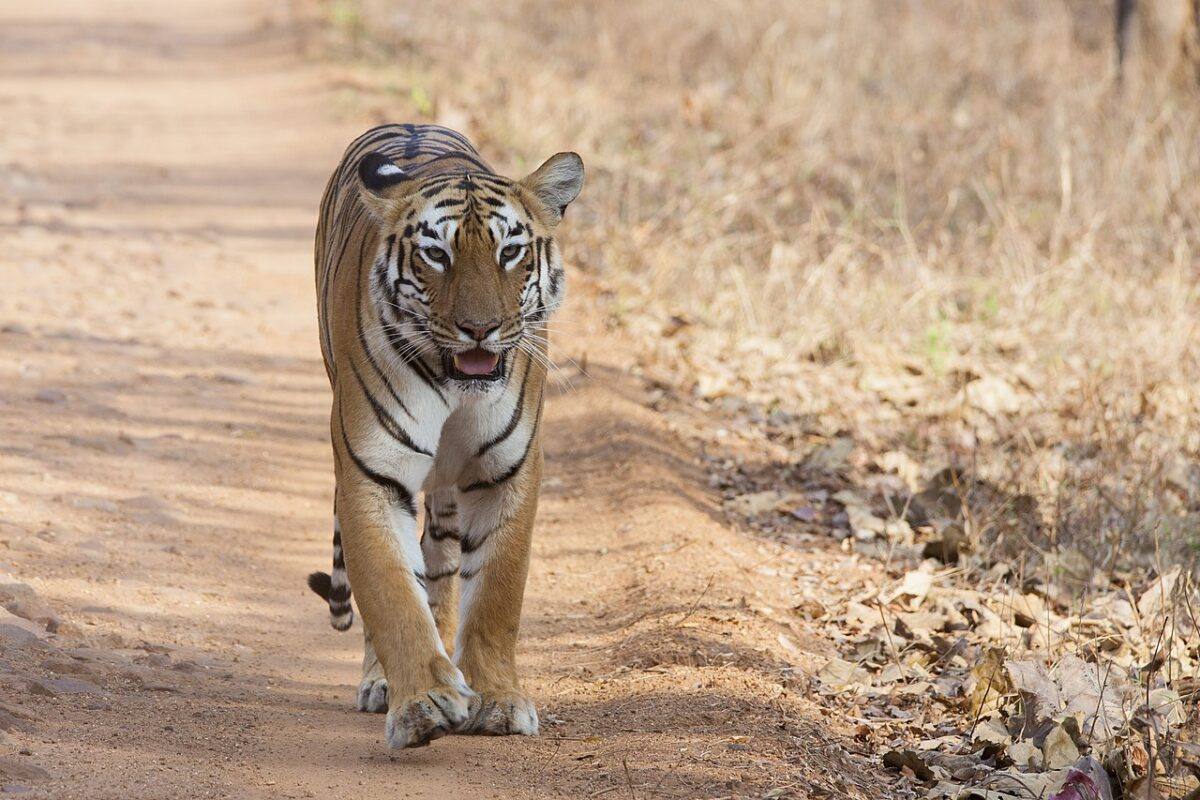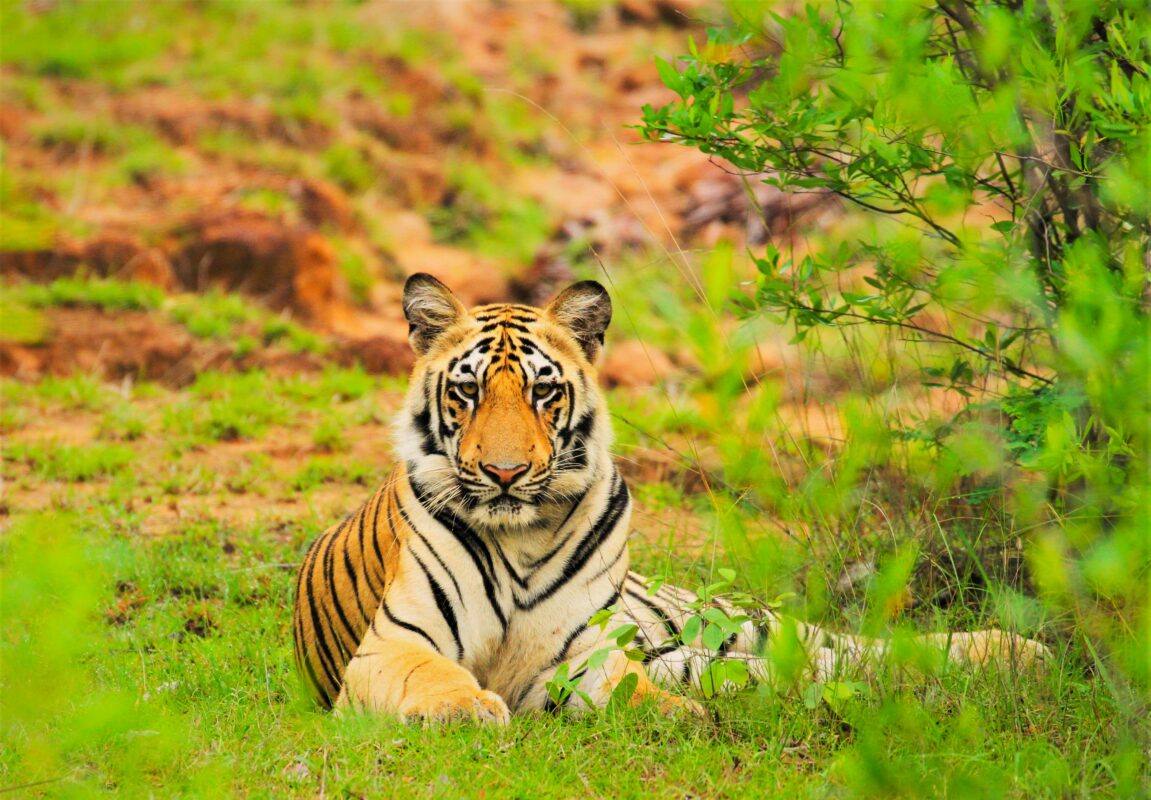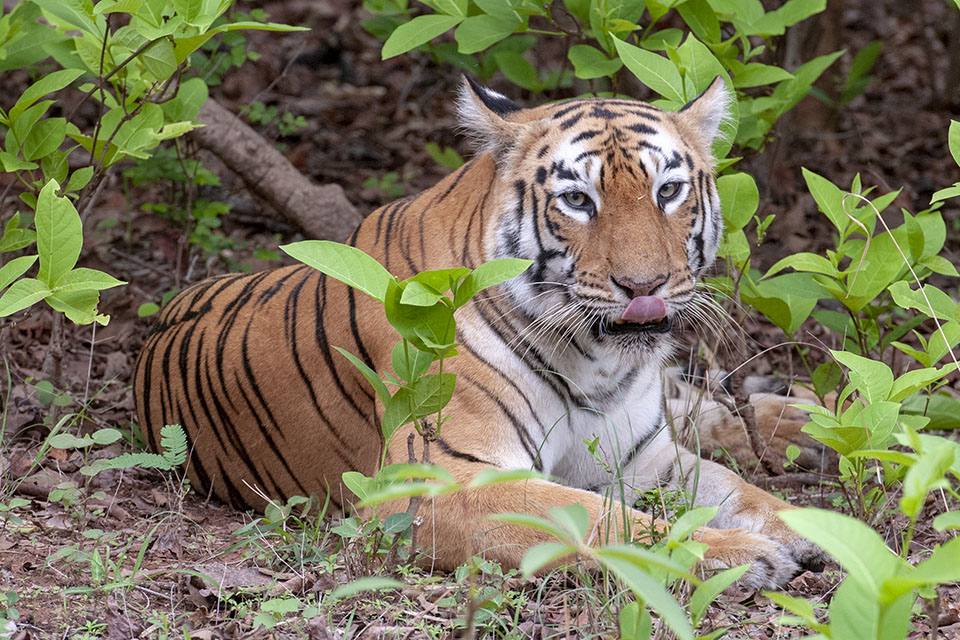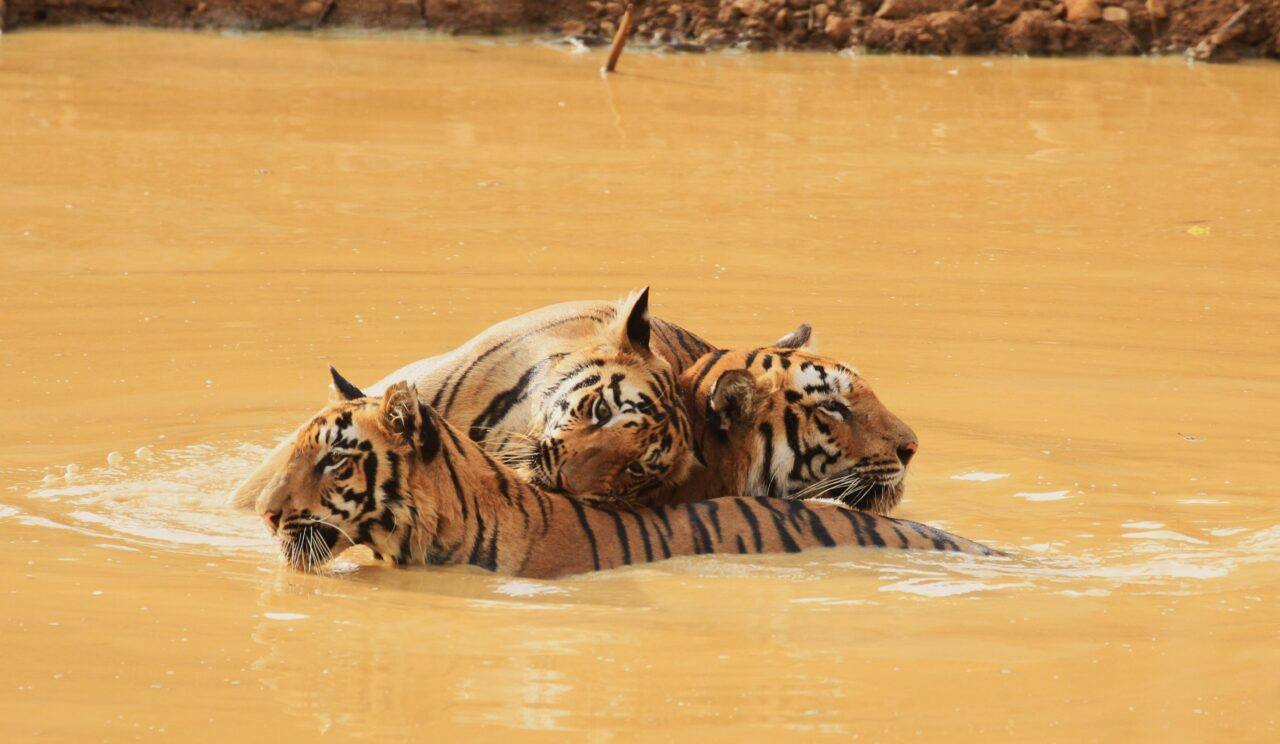The Thrill Of A Lifetime: My First Jungle Safari
I have always loved to be in nature, be it the towering hills, the vast desert, the mighty sea, or the flowing rivers. The jungle was one place I wished to visit but never had the chance. So, when last year my colleague invited me to go on a jungle safari with a few friends from our office, I agreed immediately.
We all decided to go to the Tadoba Andhari Tiger Reserve located in Chandrapur, India. Chandrapur falls near Nagpur, a city in Maharashtra. The nearest railway stations are Nagpur and Chandrapur. The nearest airport is Nagpur. We left from Mumbai by the Nagpur Duronto Express, which left Mumbai around 8.20 p.m. and reached Nagpur around 7.30 a.m. the next morning.
By the time the train reached Nagpur, we were all ready and excited to reach our destination. Our drivers were experienced and knew the way inside and out. We had a quick stop for breakfast at Nagpur and then set off for a journey of around 3–4 hours to Tadoba.

The resort where we stayed was located in the buffer zone of the jungle. We were informed that at night we would be able to hear the noises of the jungle and the calls of deer as the tigers set out to hunt. We were eager to hear those, but first, it was time for our first-ever safari. We were all very excited and wanted to see a tiger real soon. However, I had already been taught that the jungle is the tiger’s natural habitat. So, we might or might not get lucky enough to see one. The key is to enjoy the jungle, remain quiet, and listen to the voice of nature. I did just that.
We were instructed to turn off the alarms before entering the forest, then switch off the mobile phones and hand them over to the guide. Due to various reasons, mobile phones are not allowed inside the Tadoba Andhari Tiger Reserve. The guides in Tadoba are highly conversant with the history and geography of the reserve and brief the tourists about the jungle in the first few minutes of the safari.
India has more than 52 tiger reserves, of which Tadoba Andhari Tiger Reserve is Maharashtra’s biggest tiger reserve. It covers six districts in Maharashtra and covers an area of more than 1700 square kilometers. There are more than a hundred tigers, of which only about 18–20 are available for tourists to see, as the tourist gypsies cover only about 20% of the forest. The rest is accessible only by the forest department.
Besides tigers, many other wild animals also live in the jungle, among which there are leopards (more than 40), sloth bears (more than 100), and wild dogs (more than 400). All these are referred to by the guides as “VIP animals.” However, the probability of sighting them is very low. Apart from them, we can spot various deer, Indian gharials, wild boars, and many species of birds.
The information was interesting. He also knew about the history of the jungle, the significance of the pillars that we saw every 100 metres or so, and various flora in the jungle (one of which was scary—he said it changes colour in every season and is called “Devil tree”). However, a lot of land is covered by bamboo trees, which bloom only once in their lives. Bamboo trees die once they flower. This was a new fact that I learned.
As we went inside the forest, we spotted many animals. Sambar, wild boar, spotted deer, langur, even an owl—we were eager and desperate to spot a tiger. The driver and the guide were experienced and knew where the probability of finding a tiger would be highest. But even after roaming around for more than 2 hours, we were yet to spot even the whiff of a tiger. And then suddenly, our gypsy stopped. Our guide pointed towards a distant spot and said that he could spot Maya, the tigress. Every one of us got excited and tried to spot her, but we were unable to. That was until I used the binoculars to find her. The tigress was sleeping after perhaps a hearty meal. We waited for quite some time but were unable to see her in action.

For the next safari, we were in search of the tiger again, but all we could see were lots of deer, sambar, and wild pheasants. The main attraction was still missing. Disappointment set in, but we were kept engaged by the guide’s interpretation of various sounds and sights of the jungle. And then suddenly our guide told us to hold tight, and the driver rode through the jungle like a madman. The adventure was more terrifying than seeing a tiger up close. We were avoiding the branches and braving the jungle paths and bumps along the way. Only when he arrived at the location did he inform us that a tigress and her cubs had been spotted, one of which had gone missing and she was looking for it. We eagerly waited, jumping at every sound and looking here and there aimlessly for a glimpse of the tigress, but even after waiting for an hour or so, she didn’t appear. Our guide said, “she must have crossed over to the other part of the jungle.” All the waiting vehicles left the forest area dejected that day.
We were told that we can learn three things from the forest: patience, perseverance, and discipline (PPD). So we must now be patient and believe that we will see a tiger on one of the two remaining safaris. We regained our energy after lunch and enjoyed ourselves until the evening, when we were to proceed for the penultimate trip through the jungle. PPD was reverberating through our minds. We were determined to search for a tiger this time. As time passed by and we saw only other birds and mammals, we started getting disappointed again when suddenly our guide told us to pay attention to the surroundings. There were numerous deer and monkey calls going on. Our hearts started pounding in anticipation of the sighting. And our driver drove through the forest until we arrived at a swamp where we had the best chance of seeing the tiger.
He parked the vehicle, and we thought we would again have to wait. But he excitedly pointed in one direction and whispered, “Look that side.” “Taru is sleeping.” Hearing the word “sleeping” reminded us of Maya, who had kept sleeping throughout, and frustration started creeping in. But then we saw him. The beautiful tiger was sleeping barely 20 metres from where we were parked. Whoa! was all we could think since none of us wanted to disturb his peace by saying anything. He was rolling around from time to time, and when crows or flies disturbed him, he would just give a small growl and move his tail. He must be taller than a 6-foot-tall man if he stood on his hind legs. Just as we thought he was also going to keep sleeping like Maya, the majestic being shook his body and leisurely sat down. Looking at us with a deep, piercing gaze, unbothered by the chatter of people around him, he stood up slowly, as if in slow motion. The photographers had a field day merrily clicking away, the deafening shutter sounds all around us as he stood up and started walking in a catwalk, fit for the glorious animal that he is. Although we were scared in our hearts, we were awed by the royal sight we beheld before us. He was the least bothered by all the attention he was getting. He stood up and looked around at all the vehicles parked there, as if sizing them up as a king would size up his subjects.

And then, to the dismay of the photographers, he sauntered away from us towards the inviting woods and sunshine, which, we later realized, had receded from where he was sleeping. We were mesmerised and didn’t think of talking even after he had gone far from sight. Such was the grandeur, the hypnotic scenery, and the awe-inspiring experience that we just stood there enjoying our first-ever sight of the tiger in its natural habitat.
People have had experiences with tigers hunting, mating, or fighting, but our first experience was this. And boy, am I hooked on to this! I’m planning another tour in May 2023, this time to another tiger reserve called Pench (Madhya Pradesh). I hope to be able to get more sightings during that trip. I will get back with a recall once I have finished with it.
Until then, I’ll leave you with a few photos here, courtesy of my colleague and dear friend. Enjoy them till next time.






Amazing write up….I felt like I am almost there….rushing excitedly to see them…enjoying the sounds of birds and other animals 😀